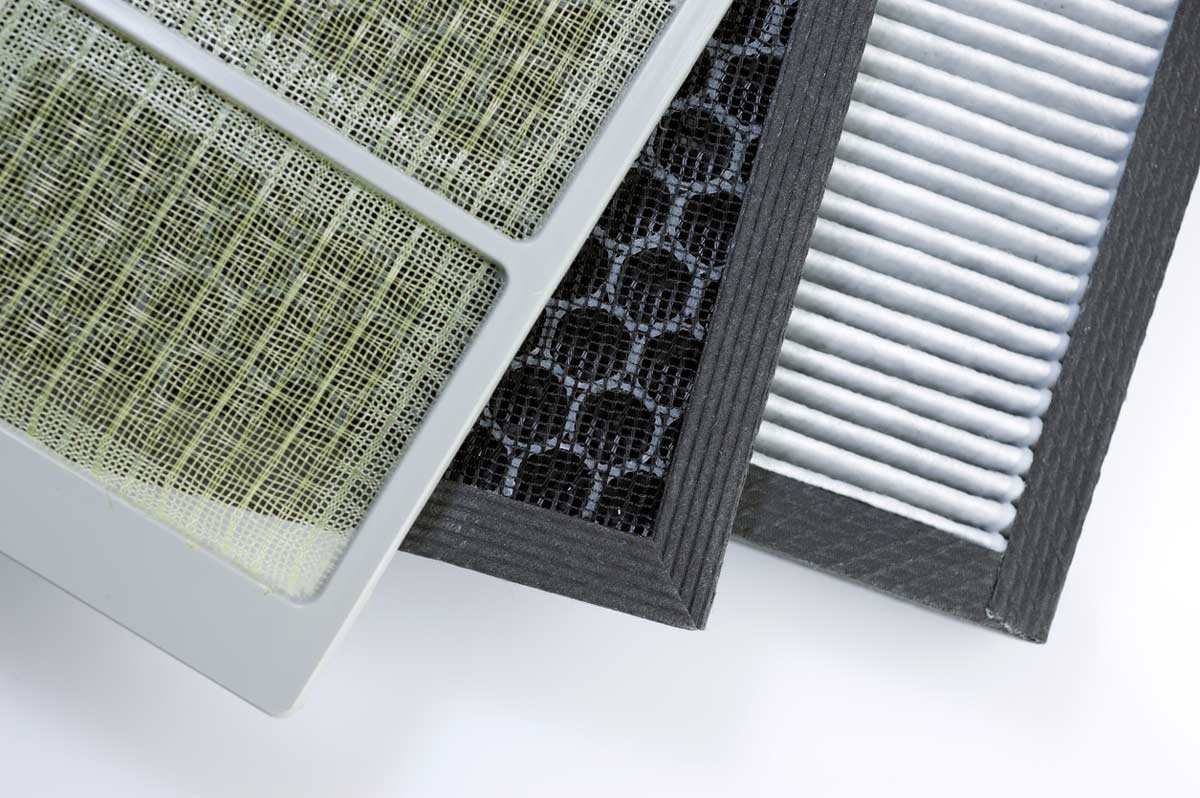

Articles
How To Measure HVAC Filter
Modified: January 8, 2024
Learn how to measure your HVAC filter with our informative articles. Ensure you have the right size for optimal air quality and system efficiency.
(Many of the links in this article redirect to a specific reviewed product. Your purchase of these products through affiliate links helps to generate commission for Storables.com, at no extra cost. Learn more)
Introduction
When it comes to maintaining a healthy and comfortable indoor environment, properly functioning HVAC (Heating, Ventilation, and Air Conditioning) systems play a crucial role. One of the key components of an HVAC system is the air filter, which helps to capture dust, pollutants, and other airborne particles, ensuring cleaner air circulation.
However, to ensure optimal performance and efficiency of your HVAC system, it is essential to regularly measure and replace the air filters. Measuring HVAC filters not only helps in determining the right size for replacement, but also in assessing their condition and efficiency.
In this article, we will delve into the importance of measuring HVAC filters, the tools required for accurate measurements, and a step-by-step guide on how to measure HVAC filters effectively. Additionally, we will highlight some tips for accurate measurements and common mistakes to avoid during the process.
By understanding the process of measuring HVAC filters, you will be able to ensure the proper functioning and longevity of your HVAC system, as well as maintain a clean and healthy indoor environment for you and your loved ones.
Key Takeaways:
- Regularly measuring and replacing HVAC filters is crucial for maintaining proper airflow, improving energy efficiency, and promoting a healthier indoor environment. It also helps extend the lifespan of your HVAC system, saving you from potential costly repairs.
- Accurate measurements and proper maintenance of HVAC filters ensure optimal performance, energy efficiency, and clean air circulation. Avoid common mistakes, use the right tools, and follow the step-by-step guide for effective filter measurement.
Read more: How To Clean HVAC Filter
Importance of Measuring HVAC Filters
Measuring HVAC filters is a task that should not be overlooked when it comes to the maintenance of your HVAC system. Here are some key reasons why measuring HVAC filters is of utmost importance:
- Proper Airflow: The air filter in an HVAC system plays a vital role in maintaining proper airflow. Over time, the filter can become clogged with dust, debris, and other contaminants, hindering the flow of air. By regularly measuring the filter, you can determine if it needs to be replaced or cleaned, ensuring that your HVAC system can effectively circulate clean air throughout your home or office.
- Energy Efficiency: Clogged and dirty filters can lead to increased energy consumption in your HVAC system. When the filter is obstructed, the system has to work harder to push air through, resulting in higher energy usage. By measuring the filter and replacing it when necessary, you can help maintain the energy efficiency of your HVAC system, potentially reducing your energy bills and minimizing your environmental impact.
- Improved Indoor Air Quality: HVAC filters are designed to capture airborne particles such as dust, pollen, pet dander, and mold spores. Over time, these particles accumulate on the filter, reducing its effectiveness and compromising the indoor air quality. By measuring the filter, you can assess its condition and replace it as needed, ensuring that your HVAC system continues to filter out pollutants and allergens, thus promoting a healthier indoor environment.
- Prolonged System Lifespan: Regularly measuring and replacing HVAC filters can help prolong the lifespan of your HVAC system. When the filter is dirty or clogged, the system has to work harder to maintain proper airflow, placing additional strain on the components. By ensuring that the filter is clean and functioning optimally, you can reduce the risk of system failures and costly repairs, extending the life of your HVAC system.
Overall, measuring HVAC filters is an essential maintenance task that directly impacts the performance, efficiency, and longevity of your HVAC system. By regularly measuring and replacing filters, you can ensure proper airflow, improve energy efficiency, enhance indoor air quality, and protect the longevity of your HVAC system.
Tools Needed for Measuring HVAC Filters
When it comes to measuring HVAC filters, having the right tools at your disposal is crucial for accurate measurements. Here are the tools you will need:
- Tape Measure: A tape measure is an essential tool for measuring the dimensions of the HVAC filter. Make sure to choose a tape measure that is long enough to measure both the width and length of the filter accurately.
- Writing Utensil: You will need a writing utensil, such as a pen or a marker, to mark the measurements on the filter or to jot them down for future reference.
- Flashlight: In some cases, the HVAC filter may be located in a dimly lit or hard-to-reach area. Having a flashlight handy will assist you in properly inspecting the filter and taking accurate measurements.
- Gloves and Safety Gear: While not necessarily a tool, it is advisable to wear gloves and safety gear, such as a mask and goggles, to protect yourself from dust, allergens, and any potential hazards during the measurement process.
- Optional: Digital Caliper or Trimmer: For more precise measurements, you may consider using a digital caliper or trimmer. These tools can provide accurate readings and can be particularly useful for measuring filters with non-standard sizes or unusual shapes.
By having these tools ready before you start measuring HVAC filters, you will be well prepared to ensure accurate measurements and make informed decisions when it comes to replacing or cleaning your filters.
Step-by-Step Guide on Measuring HVAC Filters
Measuring HVAC filters may seem daunting, but it is actually a straightforward process. By following this step-by-step guide, you can measure your filters accurately and efficiently:
- Turn off the HVAC System: Before you begin measuring the filter, make sure to turn off your HVAC system. This will prevent the fan from pulling in more dust and debris while you are working.
- Locate the Filter: The filter is typically located in the return air duct or the HVAC unit itself. Refer to your HVAC system’s manual or consult with an HVAC professional if you are unsure of the exact location.
- Remove the Filter: Carefully remove the existing filter from its housing. Take note of which direction the airflow arrows are pointing on the filter. This information will be helpful when it’s time to install the new filter.
- Clean or Replace the Filter (Optional): This step is optional but recommended. If the filter is dirty but still in good condition, you can clean it using a vacuum cleaner or rinse it with water. However, if the filter is damaged or heavily soiled, it is best to replace it with a new one.
- Measure the Width: Use a tape measure to measure the width of the filter. Place the tape measure along one edge of the filter and extend it to the opposite edge. Take note of the measurement in inches or centimeters.
- Measure the Length: Repeat the process for measuring the width, this time measuring the length of the filter. Place the tape measure along one edge and extend it to the other edge. Record the measurement.
- Record the Thickness: Measure the thickness of the filter. Most filters have a standard thickness of 1 inch, but some may be thicker or have different dimensions. Note the thickness of the filter.
- Take Note of the Filter Type: Consider the type of filter you are using, such as fiberglass, pleated, or HEPA. This information will be helpful when it’s time to purchase replacement filters.
- Dispose of or Clean the Old Filter: If you have replaced the filter with a new one, dispose of the old filter properly. If you have cleaned the filter, allow it to dry completely before reinserting it into the HVAC system.
- Install the New Filter: Align the new filter with the airflow arrows matching the direction of the air intake. Make sure it fits securely in the filter housing.
- Turn on the HVAC System: Once the new filter is installed, you can turn on your HVAC system and resume normal operation with clean and efficiently filtered air.
By following these simple steps, you can accurately measure your HVAC filters and ensure that they are working optimally to maintain clean air circulation in your home or office.
When measuring an HVAC filter, always measure the length, width, and depth in inches. Round up to the nearest whole number for each measurement to ensure the filter fits properly.
Tips for Accurate Measurements
To ensure accurate measurements when measuring HVAC filters, consider the following tips:
- Use a Straight Tape Measure: When measuring the width and length of the filter, make sure the tape measure is straight and not bent or curved. This will help you obtain precise measurements.
- Measure at the Widest Points: When measuring the width and length of the filter, ensure that you measure at the widest points, including any protrusions or flanges.
- Measure in Inches or Centimeters: Consistency is key when it comes to recording measurements. Choose either inches or centimeters, and be sure to record all measurements in the same unit. This will prevent confusion when purchasing replacement filters.
- Double-Check the Measurements: After measuring the filter, double-check your recorded measurements to ensure accuracy. It’s always better to be safe than sorry when it comes to ordering the correct size replacement filter.
- Measure Thickness Carefully: When measuring the thickness of the filter, be precise and avoid compressing or flattening the filter. This will guarantee an accurate measurement for finding the right replacement.
- Consider Non-Standard Sizes: Some HVAC systems may require non-standard filter sizes. If that’s the case, consider using a digital caliper or trimmer for more precise measurements.
- Take Photos or Make Notes: It can be helpful to take photos or make notes of the measurements and filter type. This will serve as a quick reference when it’s time to purchase new filters.
- Follow Manufacturer’s Guidelines: Consult your HVAC system’s manufacturer guidelines or the filter manufacturer’s instructions for any specific measurement requirements or recommendations.
By adhering to these tips, you can ensure accurate measurements when measuring HVAC filters. Accurate measurements will enable you to choose and install the appropriate replacement filter, maintaining the efficiency and functionality of your HVAC system.
Read more: How To Change A HVAC Filter
Common Mistakes to Avoid While Measuring HVAC Filters
Measuring HVAC filters may seem like a simple task, but there are common mistakes that you should avoid to ensure accurate measurements and proper functioning of your HVAC system:
- Not Turning Off the HVAC System: For your safety and to avoid damage to the HVAC system, always remember to turn off the system before removing or measuring the filter.
- Guessing the Measurements: Guessing the measurements of the filter can lead to purchasing the wrong size replacement. Always measure the width, length, and thickness accurately to ensure the correct fit.
- Not Measuring at the Widest Points: Failing to measure at the widest points of the filter may result in ordering a filter that is too small, causing air leakage and decreased efficiency. Measure the entire width and length, including any protrusions or flanges.
- Using a Bent or Curved Tape Measure: Ensure that your tape measure is straight when measuring the filter. Using a bent or curved tape measure can result in inaccurate measurements.
- Recording Inconsistent Units: It is important to choose either inches or centimeters and stick to the same unit throughout the measurement process. Recording measurements inconsistently can lead to confusion when purchasing replacements.
- Neglecting to Check the Filter Type: Different HVAC filters have different filtration capabilities and efficiency levels. Be sure to note the specific filter type (e.g., fiberglass, pleated, HEPA) when measuring, as this information is essential for selecting the appropriate replacement.
- Ignoring Unusual Sizes or Shapes: Some HVAC systems may require non-standard filter sizes or have filters with unique shapes. Avoid assuming that the filter is a standard size and consider using a digital caliper or trimmer for accurate measurements.
- Not Cleaning or Replacing a Dirty Filter: If the filter is dirty or damaged, it is crucial to clean or replace it promptly. Neglecting this step can lead to reduced airflow, decreased system performance, and compromised indoor air quality.
- Forgetting to Install a New Filter: After measuring the filter and acquiring the correct replacement, ensure that you install the new filter correctly. Forgetting to replace the filter can impair the efficiency of your HVAC system.
By avoiding these common mistakes and following the proper steps for measuring HVAC filters, you can maintain the efficiency and longevity of your HVAC system, while ensuring clean and healthy indoor air quality.
Conclusion
Measuring HVAC filters is an essential part of maintaining the optimal performance and efficiency of your HVAC system. By regularly measuring your filters, you can ensure proper airflow, improve energy efficiency, enhance indoor air quality, and protect the lifespan of your HVAC system.
With the right tools and a step-by-step approach, measuring HVAC filters can be a straightforward task. Remember to turn off your HVAC system before measuring, locate the filter, measure the width, length, and thickness accurately, and record the measurements consistently in either inches or centimeters. Take note of the filter type and consider any non-standard sizes or shapes that your HVAC system may require.
Avoid common mistakes such as guessing measurements, using a bent tape measure, neglecting to clean or replace dirty filters, and forgetting to install new filters. By following these guidelines and staying attentive to the details, you can ensure accurate measurements and proper functioning of your HVAC system.
Regularly measuring and replacing HVAC filters not only improves the airflow and energy efficiency of your system, but also results in cleaner air circulation and a healthier indoor environment for you and your loved ones. Additionally, it can help prolong the life of your HVAC system, saving you from potential expensive repairs and replacements.
Take the time to measure your HVAC filters at regular intervals, and make a note of the measurements for future reference. This will simplify the process of purchasing replacement filters and ensure that you always have the right size and type on hand when needed.
By prioritizing the measurement and maintenance of your HVAC filters, you can enjoy the benefits of a well-functioning HVAC system, with cleaner air and improved energy efficiency.
Frequently Asked Questions about How To Measure HVAC Filter
Was this page helpful?
At Storables.com, we guarantee accurate and reliable information. Our content, validated by Expert Board Contributors, is crafted following stringent Editorial Policies. We're committed to providing you with well-researched, expert-backed insights for all your informational needs.
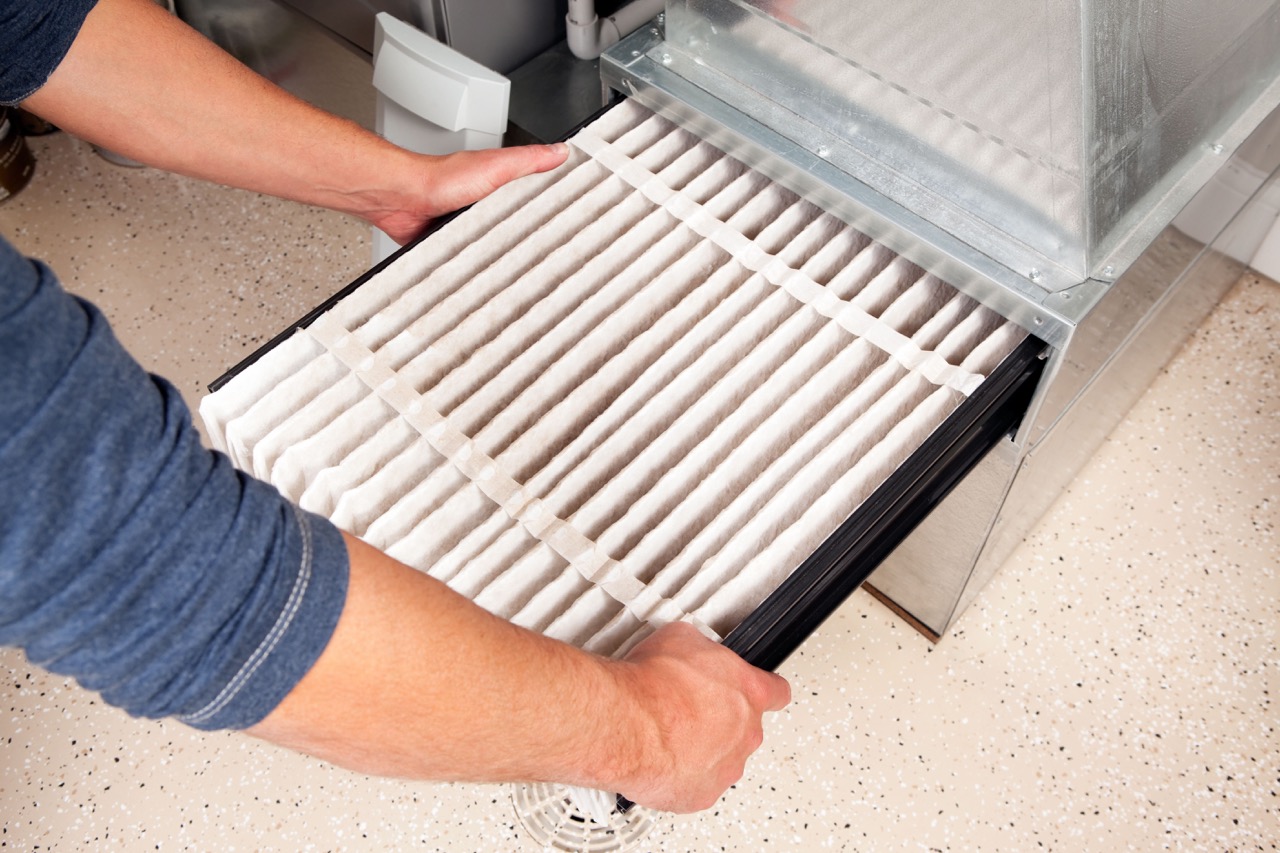
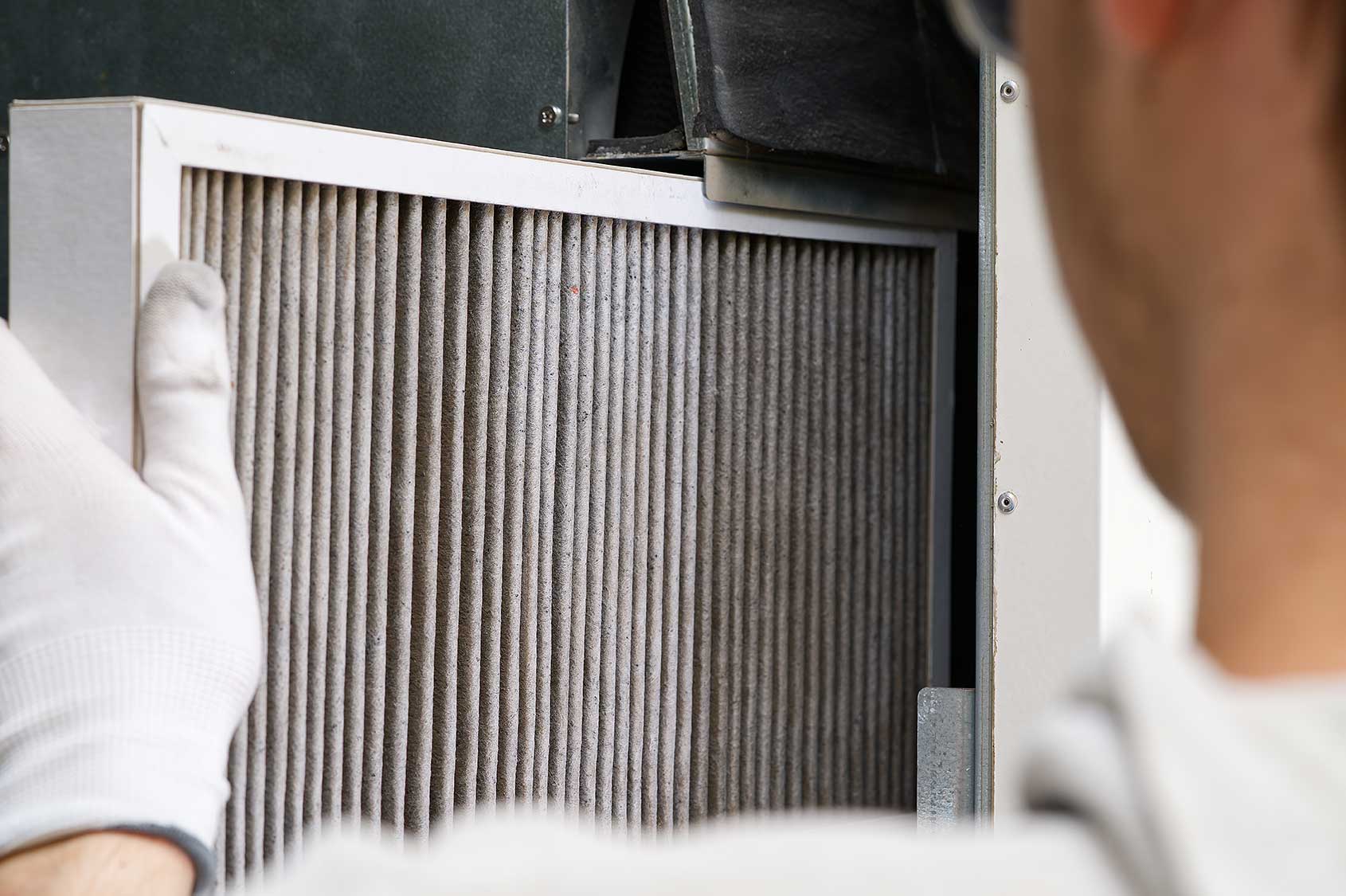
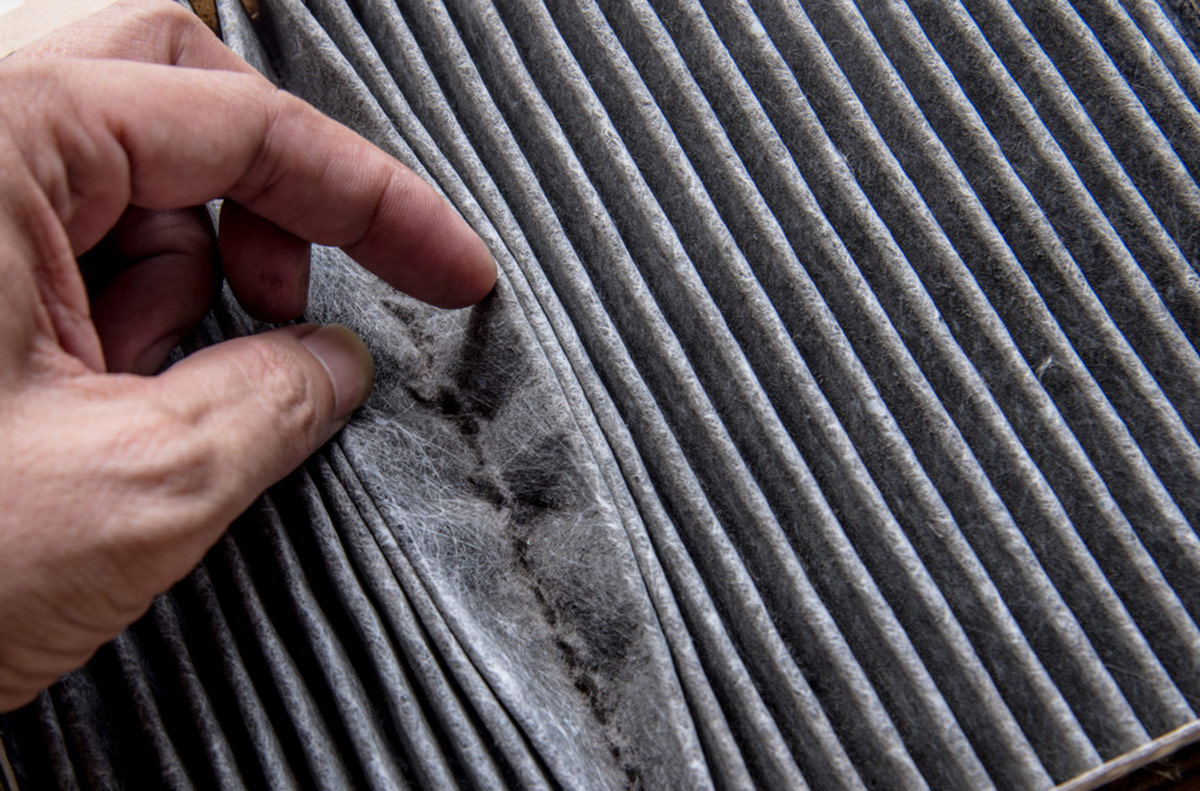

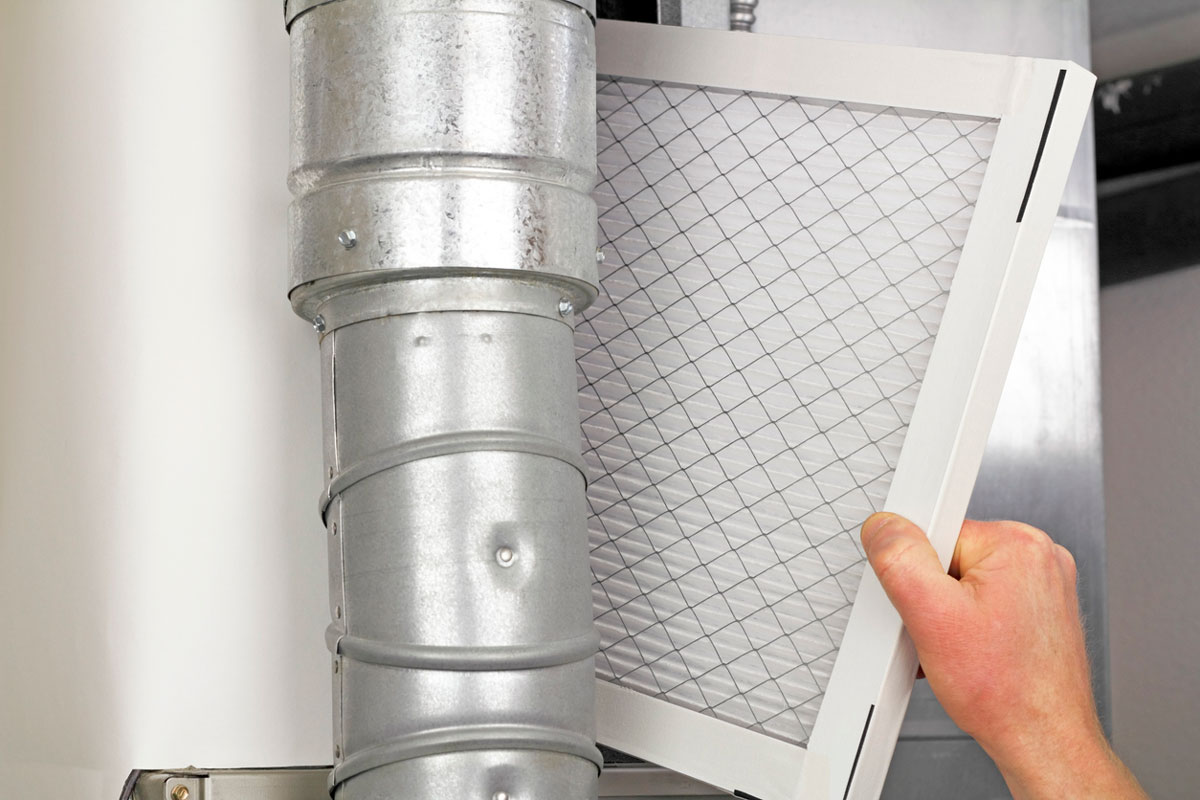
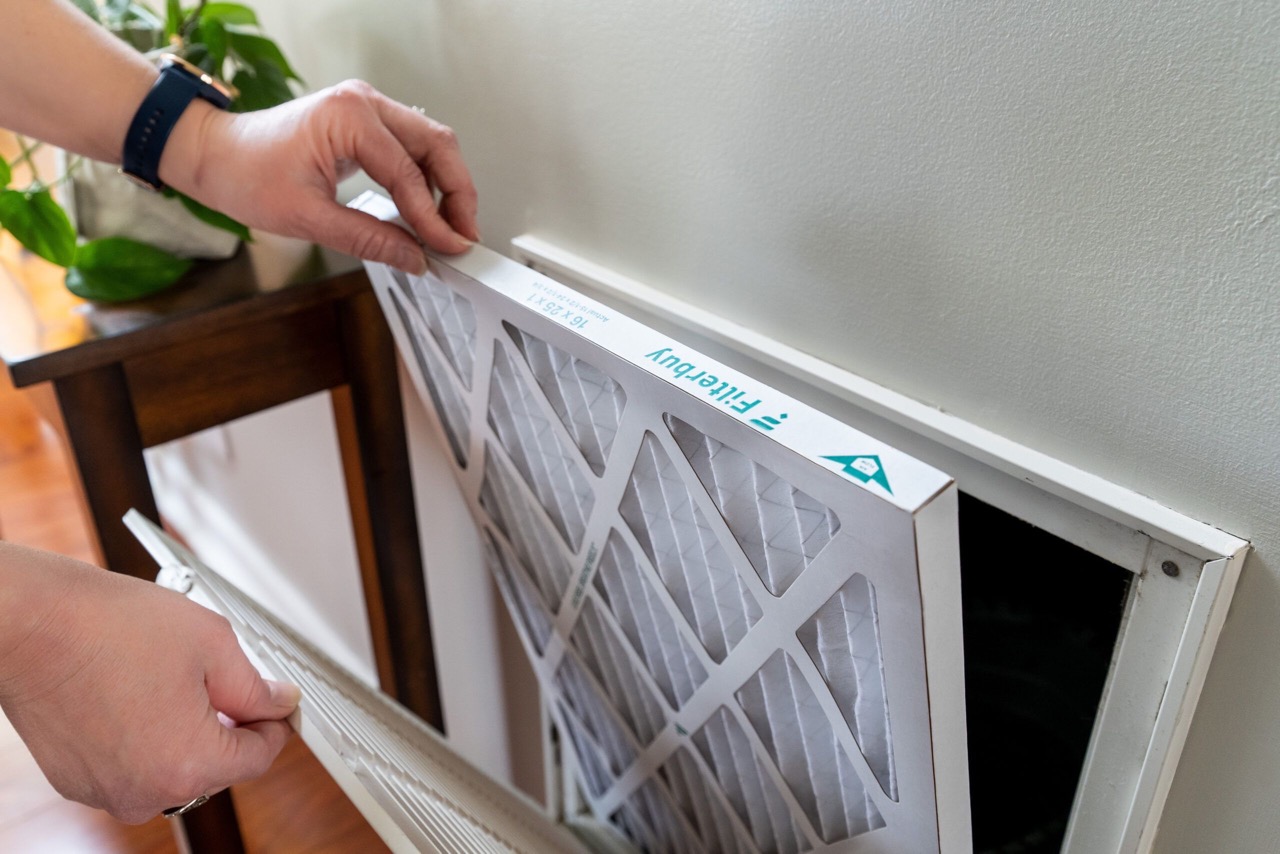
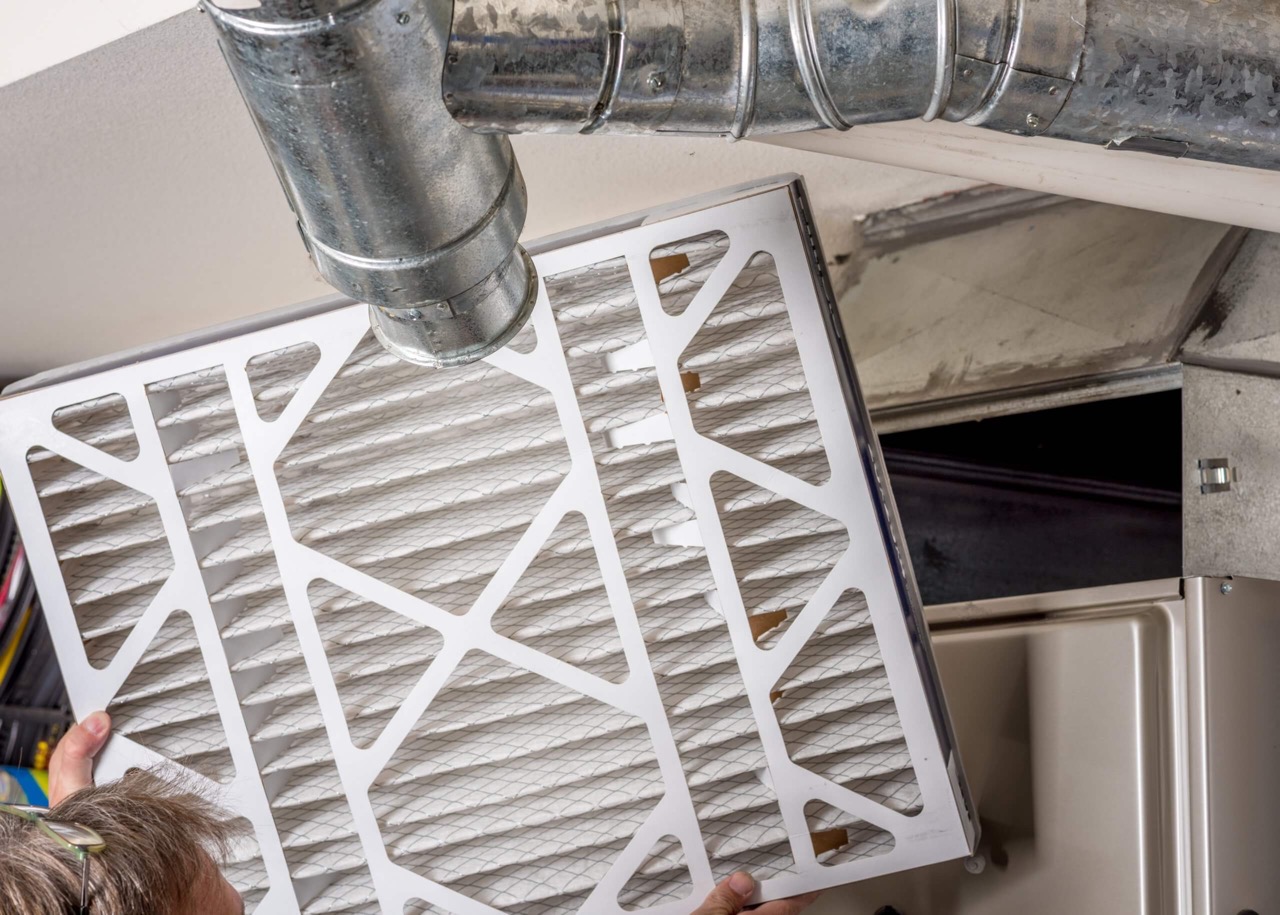
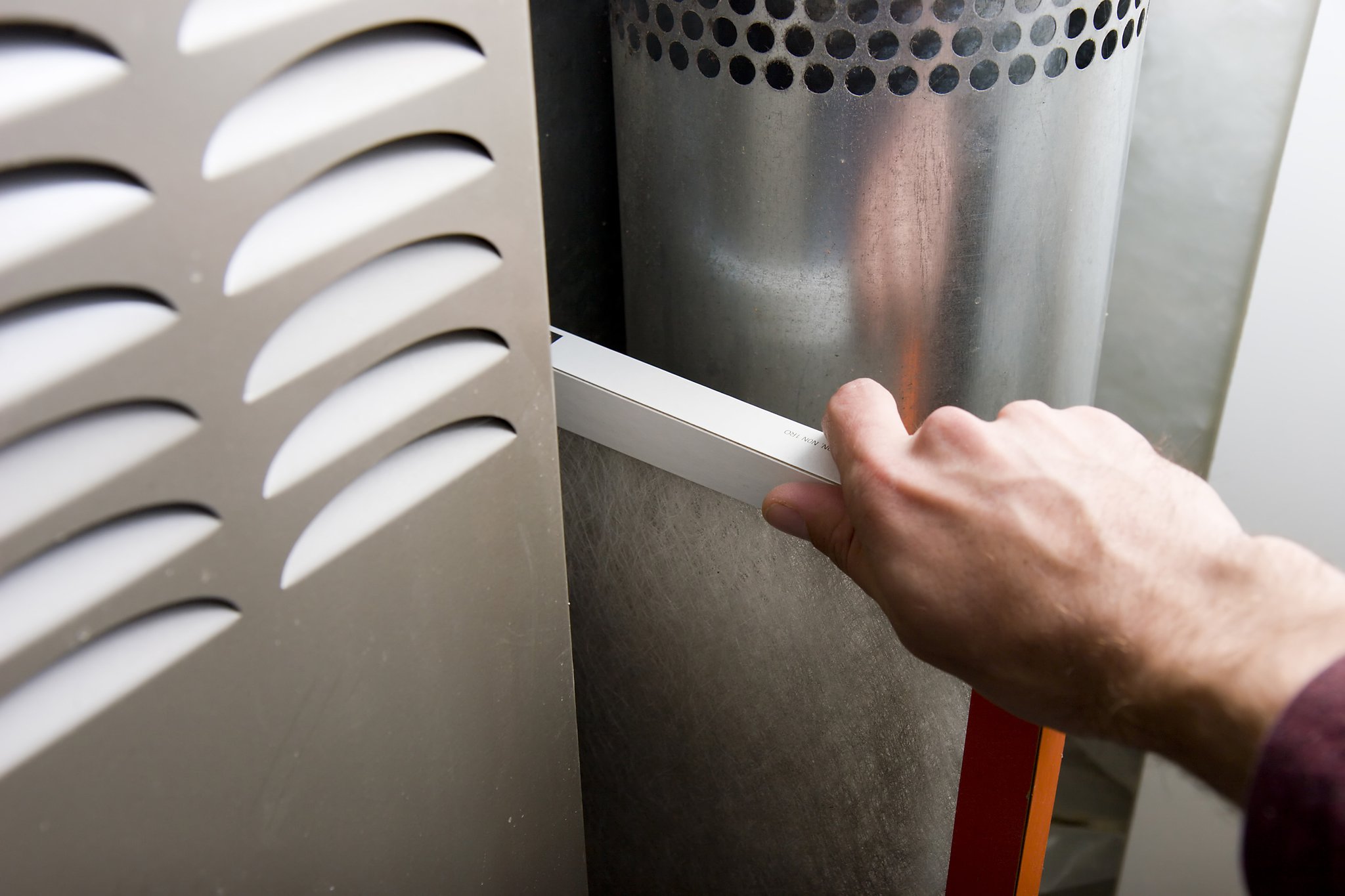
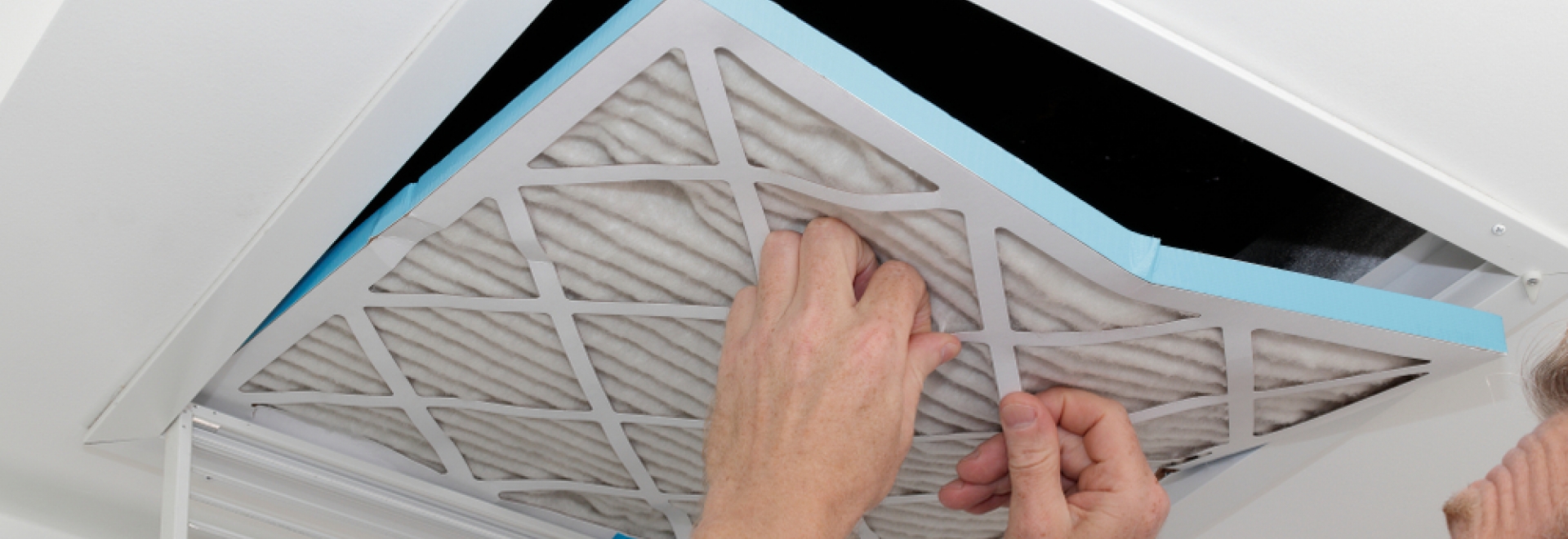
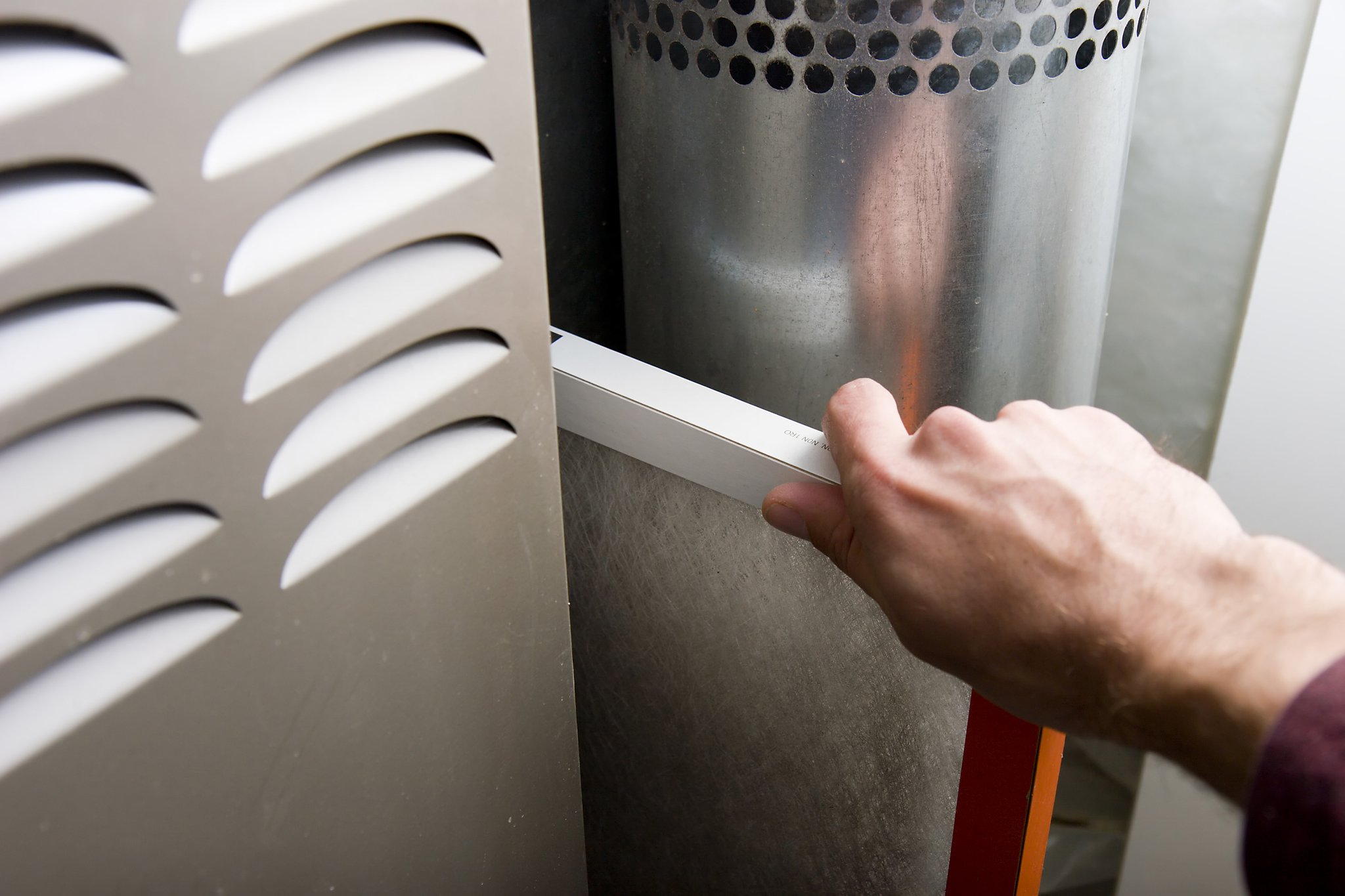
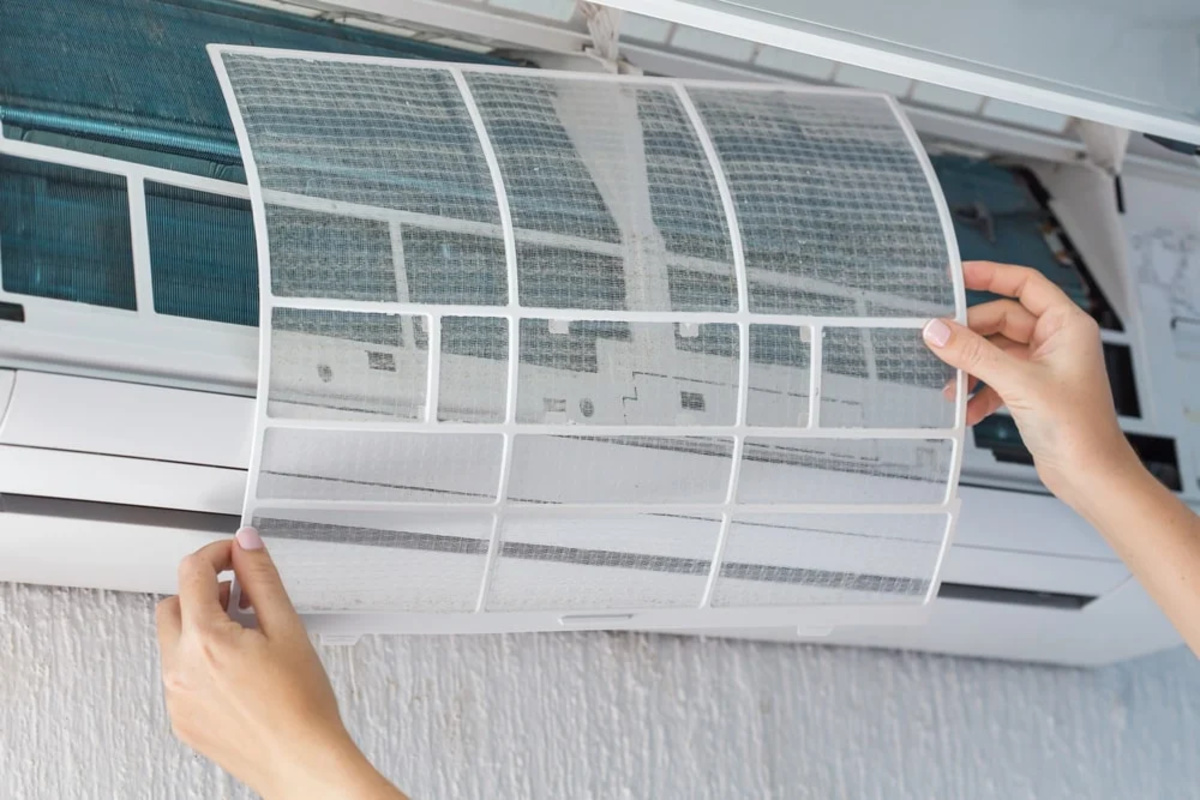
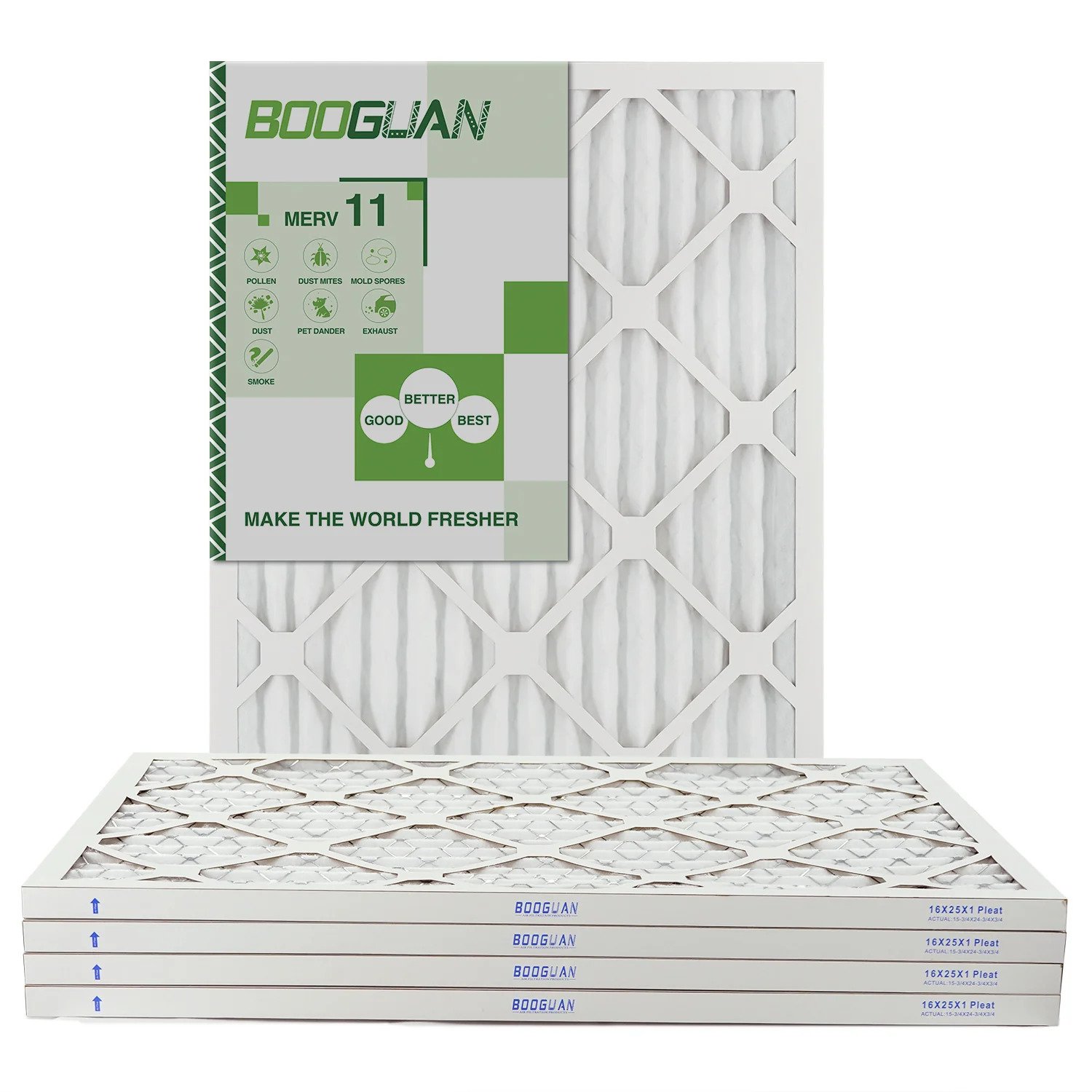
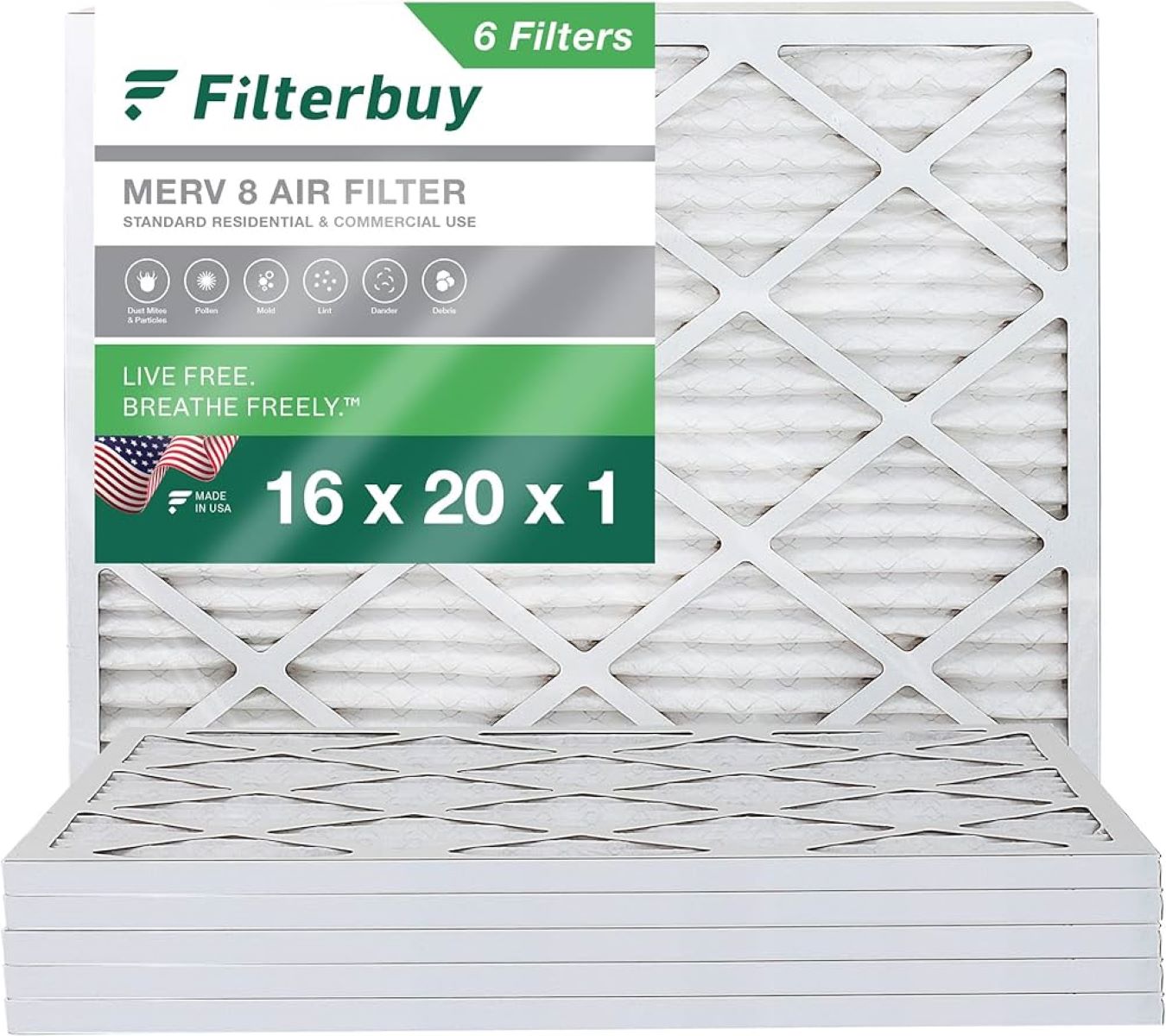
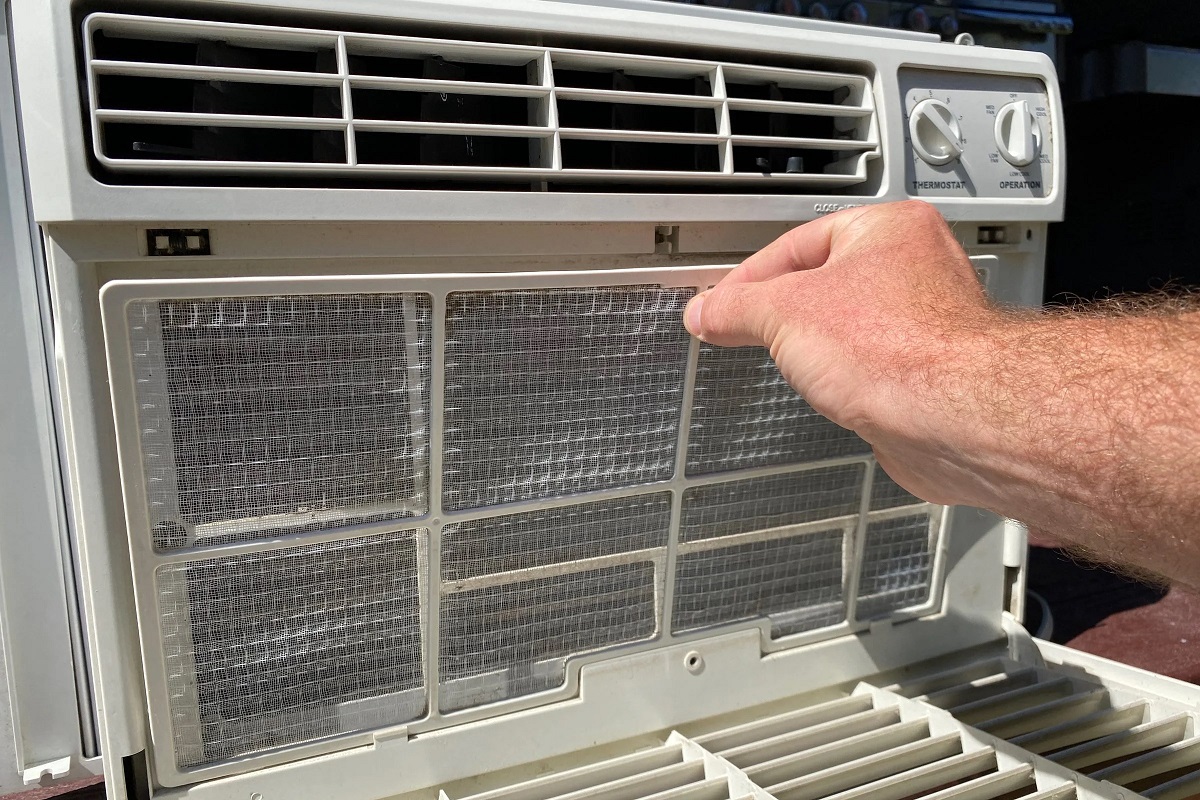

0 thoughts on “How To Measure HVAC Filter”